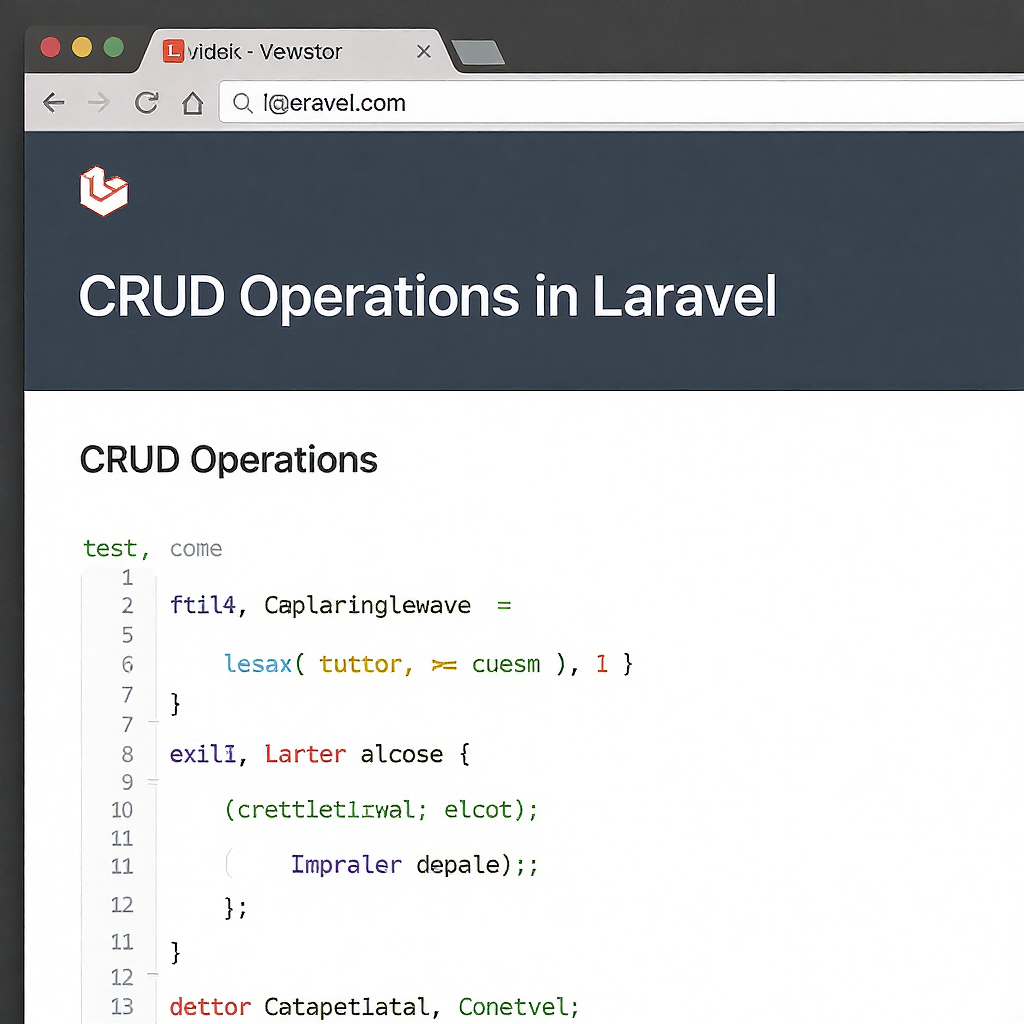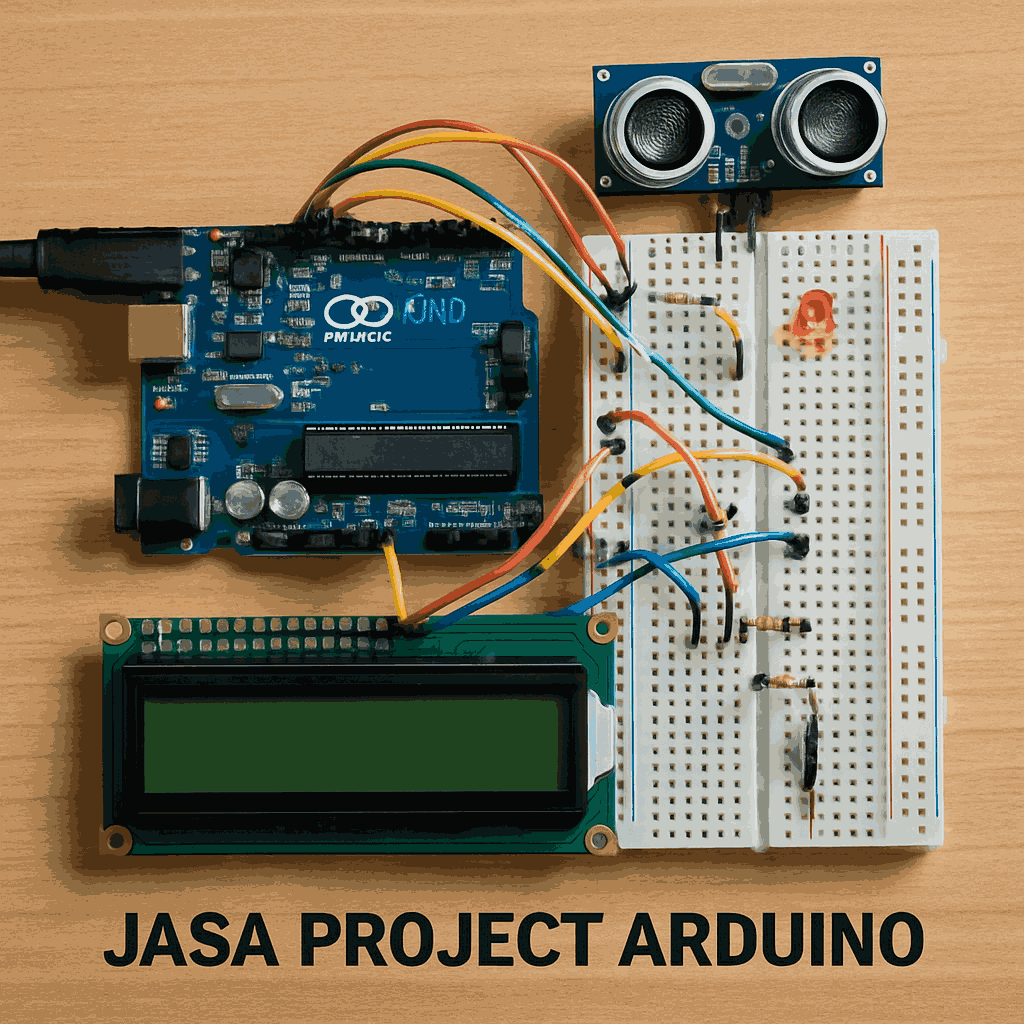
Practical Guide to Creating Login and Registration Using Laravel Auth
Step-by-Step Tutorial for Developers
Key Features of Laravel Authentication
Creating a secure login and registration system is essential for any web application. Laravel provides a robust authentication system out of the box, making it easier for developers to implement these features without reinventing the wheel. In this article, we will walk you through the steps to create a login and registration system using Laravel's built-in authentication features.
First, ensure you have Laravel installed on your machine. You can set up a new Laravel project by running the command composer create-project --prefer-dist laravel/laravel yourProjectName. Once your project is ready, navigate into your project directory and run php artisan make:auth. This command will generate the necessary views and routes for authentication.
Next, you need to set up your database configuration in the .env file. Make sure to create a new database and update the DB_DATABASE, DB_USERNAME, and DB_PASSWORD fields accordingly. After configuring the database, run php artisan migrate to create the required tables for user authentication.
Once your database is set up, you can customize the generated views located in the resources/views/auth directory. You can modify the login.blade.php and register.blade.php files to fit your application's design and requirements. This is also the place to add any additional fields you might need for user registration.
After customizing the views, you can test the registration and login functionality. Start your local development server using the command php artisan serve and navigate to http://localhost:8000/register to create a new account. Once registered, you can log in through http://localhost:8000/login. Laravel handles user sessions and authentication seamlessly.
In conclusion, Laravel makes it easy to implement login and registration features thanks to its built-in authentication system. By following the steps outlined in this guide, you can quickly get a secure authentication system up and running. Don't forget to explore Laravel's documentation for more advanced features and customization options!
| Step | Description |
|---|---|
| 1 | Install Laravel and create a new project. |
| 2 | Run 'php artisan make:auth' to generate auth scaffolding. |
| 3 | Configure your database in the .env file. |
| 4 | Migrate the database to create auth tables. |
| 5 | Customize the auth views as per your design. |
| 6 |
Media di Artikel ini (klik gamabar untuk memperbesar)Postingan TerkaitKakrias: Jasa Project Arduino Terdekat dengan Kualitas TerjaminKakrias, jasa project Arduino, proyek Arduino terdekat, layanan Arduino profesional, jasa pembuatan Arduino, kualitas project Arduino, ahli Arduino, solusi Arduino, proyek elektronik, pengembangan perangkat keras, jasa teknologi, konsultasi Arduino, inovasi teknologi, layanan teknik, proyek DIY Arduino, komunitas Arduino, penyelesaian proyek, layanan berkualitas, teknik pemrograman Arduino, jasa pengembangan, pengalaman Arduino, proyek kreatif, teknologi modern, jasa elektronik terdekat. Membuat Undangan Lebih Mudah dan Kreatif dengan Serat-Ulem.my.idundangan kreatif, membuat undangan, desain undangan, Serat-Ulem, undangan online, undangan pernikahan, undangan ulang tahun, undangan unik, tips membuat undangan, aplikasi undangan, template undangan, undangan digital, cara membuat undangan, undangan mudah, desain grafis undangan, ide undangan, Serat-Ulem.my.id, undangan customizable, alat desain undangan, undangan menarik. |








